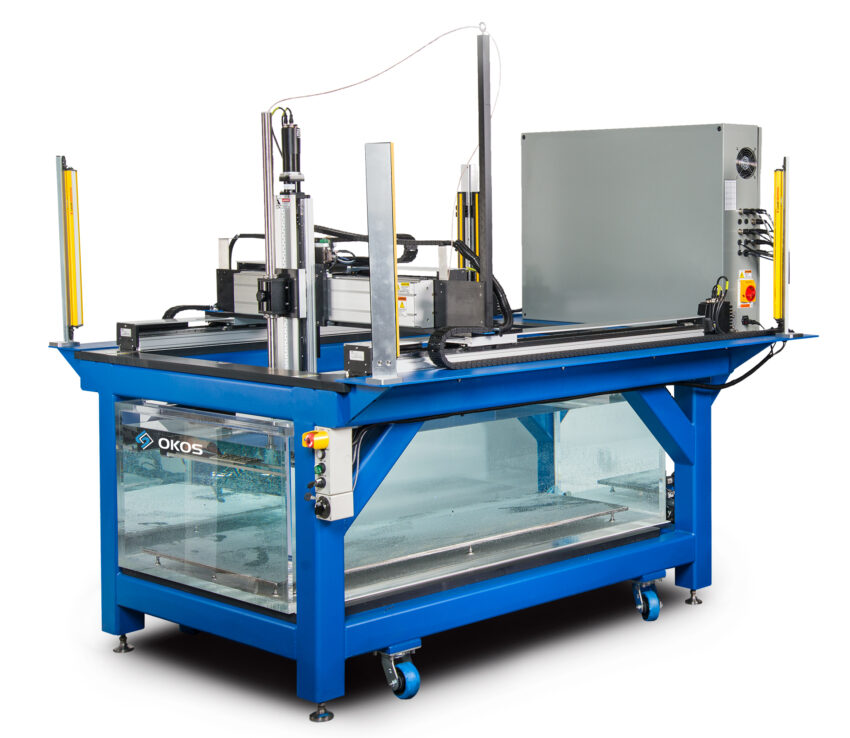For the battery manufacturers powering the exponential growth of sectors such as electric vehicles and battery energy storage systems, testing various components for flaws before shipping is crucial to prevent potentially serious safety and performance issues. The need is only expected to increase, as production volumes ramp up.
The Challenge:
Inadequate battery inspection can pose serious dangers. Certain defects, especially those that lead to internal short circuits, can result in safety risks like overheating, fires, or even explosions. Additionally, defects can cause a decrease in battery capacity, efficiency, and overall performance. Insufficient battery inspection may also lead to costly product recalls and damage the reputation of the manufacturer.
The Solution:
The need to assure quality is driving the adoption of non-destructive battery inspection techniques such as Scanning Acoustic Microscopy, which can provide more detailed insights into the internal structure of battery cells to identify cracks, defects, separations, and delamination in the materials.
Scanning Acoustic Microscopy, acknowledged for its capability to identify defects as minuscule as 50-microns, is extensively embraced in the semiconductor industry as a metrology technology for failure analysis and reliability detection. Now the same high-speed technology is being applied to testing and failure analysis of battery cells.
“With battery production booming, manufacturers are increasingly integrating Scanning Acoustic Microscopy inspection tools into their processes to catch defects at an early stage. For high volume operations, automated systems are also available that enable 100% inspection of battery cells, ensuring both safety and optimal performance,” says Hari Polu, President of OKOS, a Virginia-based manufacturer of SAM and industrial ultrasonic non-destructive (NDT) systems. OKOS is a wholly owned subsidiary of PVA TePla AG, Germany and offers both manual and automated inspection systems for flat panels, thin plates, circular discs, sputtering targets, and special alloys.
Scanning Acoustic Microscopy (SAM) is a non-invasive, non-destructive ultrasonic testing method that works by directing focused sound from a transducer at a small point on a target object.
For more information, contact OKOS at info@okos.com or visit www.okos.com. OKOS is a wholly owned subsidiary of PVA TePla AG, Germany.

